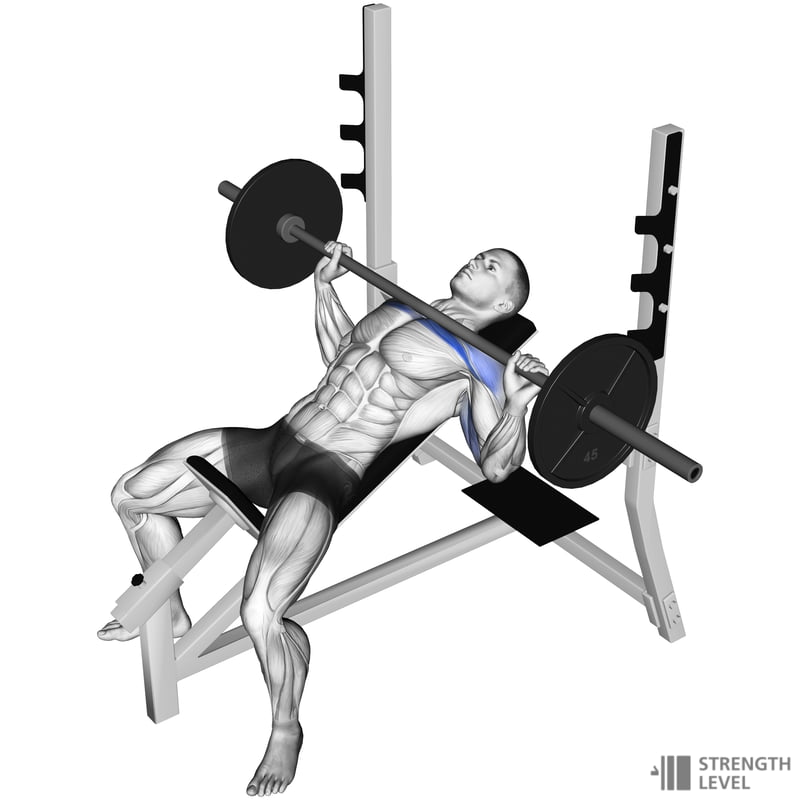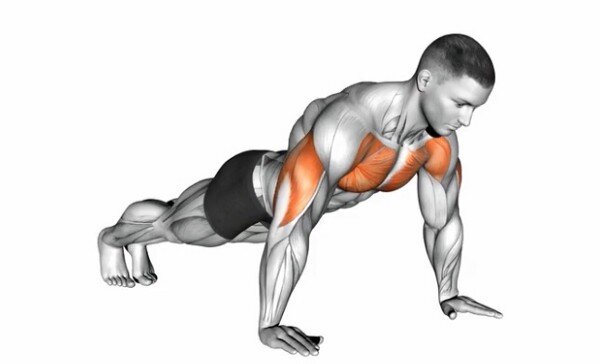
How to Pump Up Your Chest: A Comprehensive Guide
A well-defined chest is a key component of a strong and balanced physique. Strong pectoral muscles not only enhance your physical appearance but also contribute to upper body strength and overall fitness. Pumping up your chest involves a combination of effective exercises, proper technique, and consistency. Here’s a detailed guide on how to achieve impressive chest muscles.
1. Understanding Chest Muscles
The chest muscles, primarily the pectoralis major and pectoralis minor, play a significant role in various upper body movements:
- Pectoralis Major: This large muscle covers the upper chest and is responsible for movements like pushing, lifting, and rotating the arm.
- Pectoralis Minor: This smaller muscle lies beneath the pectoralis major and aids in stabilizing the shoulder blade.
2. Effective Chest Exercises
To develop strong and defined chest muscles, incorporate a variety of exercises that target different parts of the chest. Here are some of the best exercises:
a. Bench Press
- How to Do: Lie on a flat bench with your feet flat on the ground. Grip the barbell slightly wider than shoulder-width apart. Lower the barbell to your chest, then press it back up until your arms are fully extended.
- Benefits: Engages the entire chest, with an emphasis on the middle chest.

b. Incline Bench Press
- How to Do: Set the bench to a 30-45 degree incline. Perform the same motion as the flat bench press, lowering the barbell to your upper chest.
- Benefits: Targets the upper chest and shoulders.

c. Decline Bench Press
- How to Do: Set the bench to a slight decline. Perform the same motion as the flat bench press, lowering the barbell to your lower chest.
- Benefits: Focuses on the lower chest.

d. Dumbbell Flyes
- How to Do: Lie on a flat bench with a dumbbell in each hand, palms facing each other. With a slight bend in your elbows, lower the dumbbells out to the sides until they are in line with your chest. Bring them back together in a hugging motion.
- Benefits: Stretches and works the chest muscles from a different angle.

e. Push-Ups
- How to Do: Assume a plank position with your hands slightly wider than shoulder-width apart. Lower your body until your chest nearly touches the ground, then push back up to the starting position.
- Benefits: Engages the entire chest along with the triceps and shoulders.

f. Cable Crossovers
- How to Do: Stand in the center of a cable machine with pulleys set at shoulder height. Grab the handles and pull them together in front of your chest, slightly crossing your hands. Slowly return to the starting position.
- Benefits: Provides constant tension on the chest muscles throughout the movement.

3. Proper Technique and Tips
To maximize effectiveness and prevent injury, focus on proper technique:
- Controlled Movements: Perform exercises with controlled, deliberate movements.
- Full Range of Motion: Ensure you’re fully extending and contracting your chest with each rep.
- Avoid Cheating: Maintain good posture and avoid using momentum to lift the weights.
- Mind-Muscle Connection: Concentrate on feeling your chest work during each exercise.
4. Progressive Overload
To achieve continuous muscle growth, progressively increase the demands on your muscles:
- Increase Weights: Gradually lift heavier weights as your strength improves.
- Increase Reps and Sets: Add more repetitions or sets to your routine.
- Vary Exercises: Change your exercises periodically to target your muscles differently and prevent plateaus.
5. Nutrition for Muscle Growth
Proper nutrition is essential for building muscle:
- Protein Intake: Ensure you’re consuming enough protein to support muscle repair and growth. Aim for 1.2 to 2.2 grams of protein per kilogram of body weight.
- Balanced Diet: Include a mix of carbohydrates, healthy fats, and plenty of fruits and vegetables.
- Stay Hydrated: Drink plenty of water to support overall health and muscle function.
6. Consistency and Recovery
Building impressive chest muscles requires consistency and adequate recovery:
- Regular Workouts: Aim to train your chest at least twice a week, allowing for sufficient rest between sessions.
- Rest and Recovery: Give your muscles time to recover by getting enough sleep and taking rest days as needed.
- Stretching and Warm-Up: Always warm up before workouts and stretch afterward to prevent injury and improve flexibility.
Conclusion
Achieving well-defined and powerful chest muscles takes dedication, proper technique, and a balanced approach to fitness and nutrition. By incorporating effective exercises, maintaining a healthy diet, and staying consistent with your workouts, you can develop the strong, sculpted chest you desire. Remember, progress takes time, so be patient and stay committed to your fitness journey.
